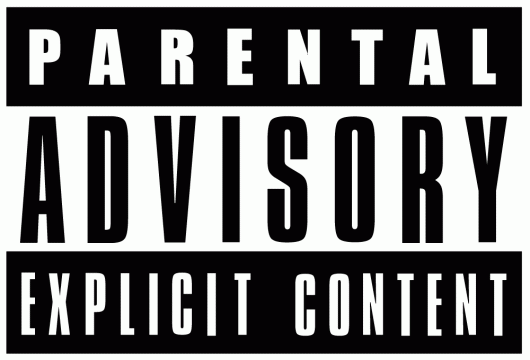
Seventh grade is a terribly awkward year in every sense. For students, wild hormones combine with a sudden awareness that other people have thoughts about them, turning them effectively into paralyzed, self imprisoned weirdos. Familiar with their childhood selves, and inexplicably called to an adult world they they don’t really understand, their lives are constant tension centered around social issues. It behooves the writers of curriculum to keep this in mind when picking study materials for an age group so heavily in the middle of things.
Of course, seventh grade is awkward for the teachers as well. Not only do the sometimes bizarre actions of students put us in uncomfortable situations as their caretakers and disciplinarians, but simply trying to accommodate the odd little buggers and hold their interest is uniquely difficult. It’s out of a concern for their interest that I historically haven’t taught full length novels, relying instead on short fiction to convey most of my key learning.
But then again, I teach English, god damn it. I want to read a novel with my students. The question simply becomes which? The answer is harder to come by than expected.

When I think back on my own seventh grade experience, I find that I can recall the titles I read surprisingly well, better even than those of some college courses I took. They were pretty well worn middle school fare: Avi’s The True Confessions of Charlotte Doyle, Jacob Have I Loved by Katherine Paterson, and April Morning by Howard Fast all stick out in my mind. Though vastly different stories, they all shared one commonality: They bored the hell out of me. There’s an entire cannon of novels for middle school that are slowly falling out of favor with young readers. Even the most recent of those listed, Charlotte Doyle, was written in a markedly different world than the one in which kids now find themselves. The times have changed, and I want to teach something that reflects the world my students see around them. And so, my struggle begins.
Thanks to their thoroughly in-between nature, twelve and thirteen year olds often come up against the wall of appropriateness preventing them from discovering meaningful , potentially motivating content. Parents are often careful what they allow kids of this age to consume. As a teacher, I need to be extra careful to avoid offending families of varied sensitivity to sex, language, and violence. This year, in particular, I have felt my pedagogical creativity stifled by that wall, to the point where I needed to pose a question: in protecting our kids from inappropriate material, are we not also smothering the sparks of their interest? Which is the greater good, to shield students from the world’s nasty bits, or to engage their developing minds, possibly helping them connect their own struggles to their studies?
Should kids of that age be allowed to read, watch, and play absolutely anything? Of course not. But I think at times those who would censor school materials focus on the superficial. Take for example the unit I sought to develop this year on Sherman Alexie’s The Absolutely True Diary of a Part Time Indian. The book is a modern classic of young adult literature. However, because our protagonist at one point proudly admits to masturbating and refers on occasion to erections to describe interest in things only occasionally sexual (ex. having a “hard-on for words”), I was shot down.
My problem with this is twofold. First, these sexual references are superficial. They are the surface language through which the book’s deep thematic material is delivered, rather than the thematic material itself. Second, the book, being about a kid’s upbringing on a Native American reservation, contains several ties not only to historical content covered in seventh grade social studies, but to the world these kids experience daily. In the year that the indigenous people of Standing Rock had to suffer to stave off the desecration of their sacred grounds, what would have been more pertinent that reading a book which takes as its backdrop the genocide and relocation of the Native American?
Disappointed, I turned first to the internet for alternative narratives reflecting the Native American reservation life. Nothing even came close to covering the material in quite the depth or quality of Alexie. (If someone knows of one, please point me in the right direction). So eventually, I began to look outside the subject I was planning on covering. What other novels out there might I find that are modern, relevant, gripping, connected to other subject areas, and appropriate?
The solution is, unsurprisingly, hard to find. I looked into a new novel called The Last True Love Story by Brendan Kiely. It’s got relevance, being set around Ithaca, NY, where my students live. It has a connection to other content, being itself a sort-of YA Odyssey, and drawing on students knowledge from 6th grade. And yet, like every epic hero, it has its tragic flaw: a bunch of naughty words. Common Sense Media rates it 14+, the same death blow dealt to my beloved Alexie unit that never was. Raunchy language, again, is superficial. It is the delivery vehicle for the book’s meaning. And certainly, most of these kids have never heard or used such language before, right?
I didn’t just look into these two books, either. Finding a book that is both meaningful to the students and appropriate has proven unexpectedly difficult for me this year. Perhaps I shouldn’t be surprised. By seventh grade, kids are no longer living school appropriate lives. Why should a novel that reflects these lives be any different? We should make a distinction between objectionable material on a superficial and thematic level. Allowing the former would create so much more opportunity to draw students in and encourage thoughtfulness, while still shielding students from material they are not yet ready to process.